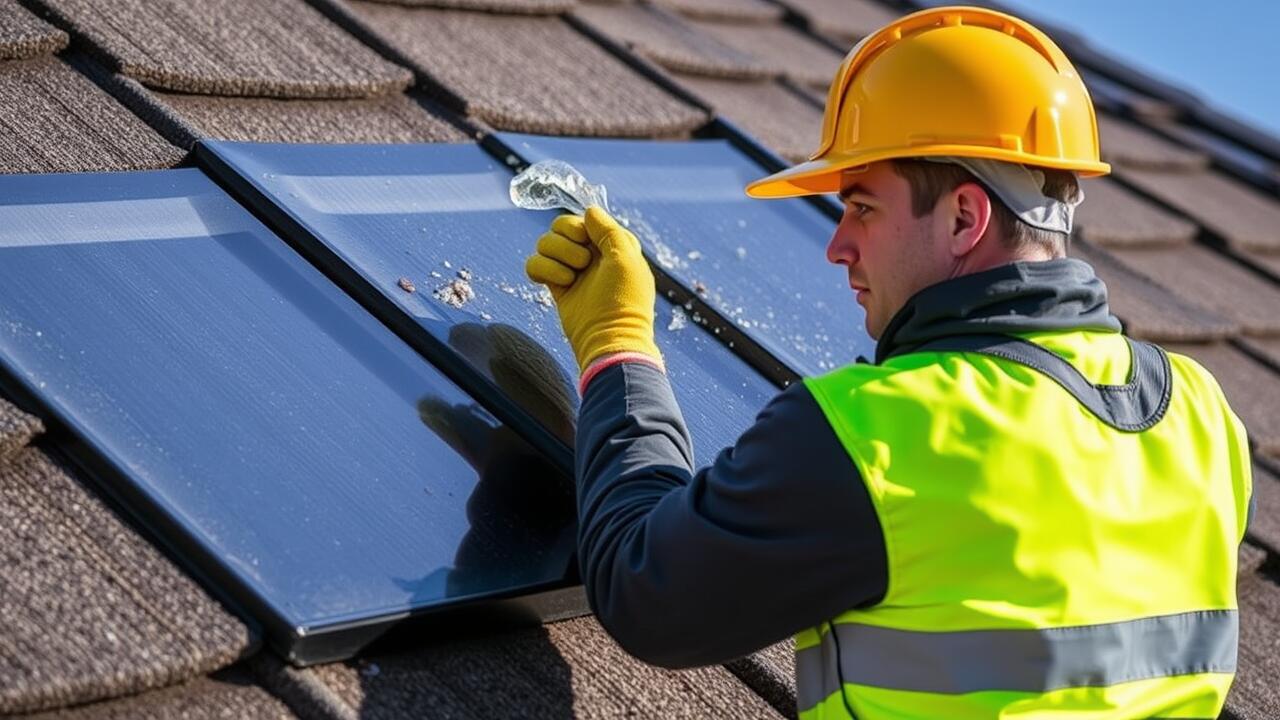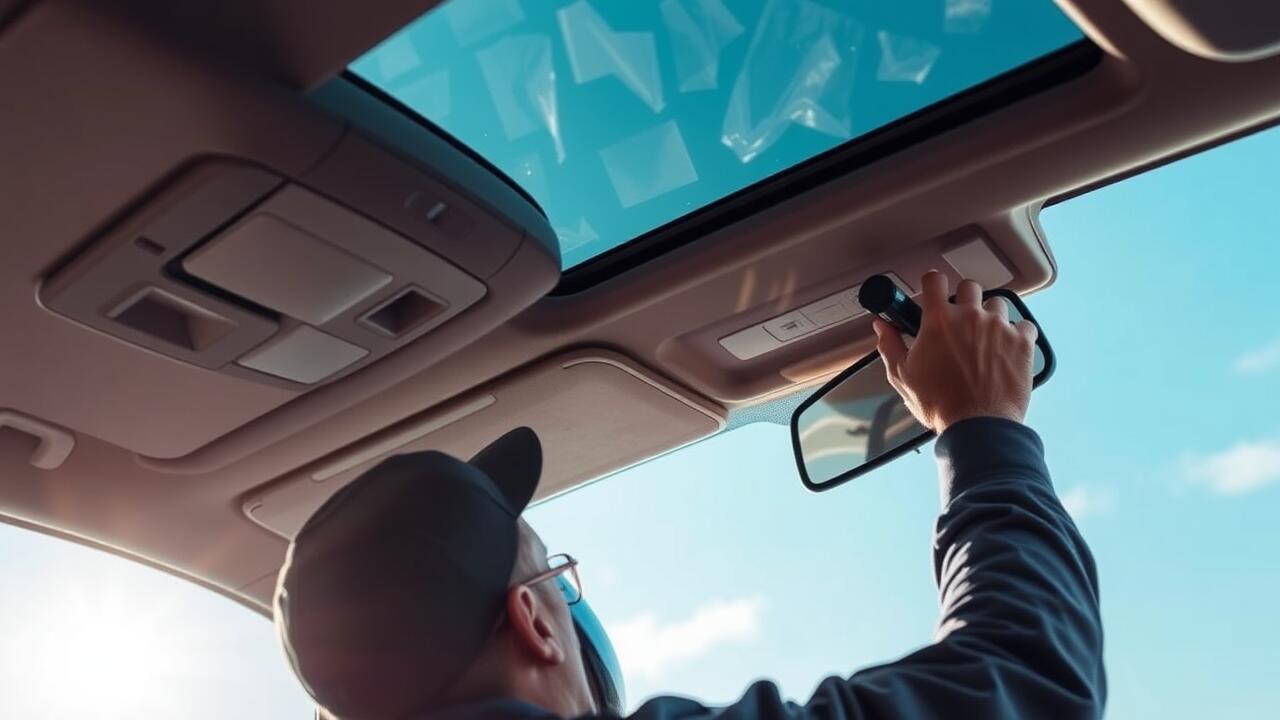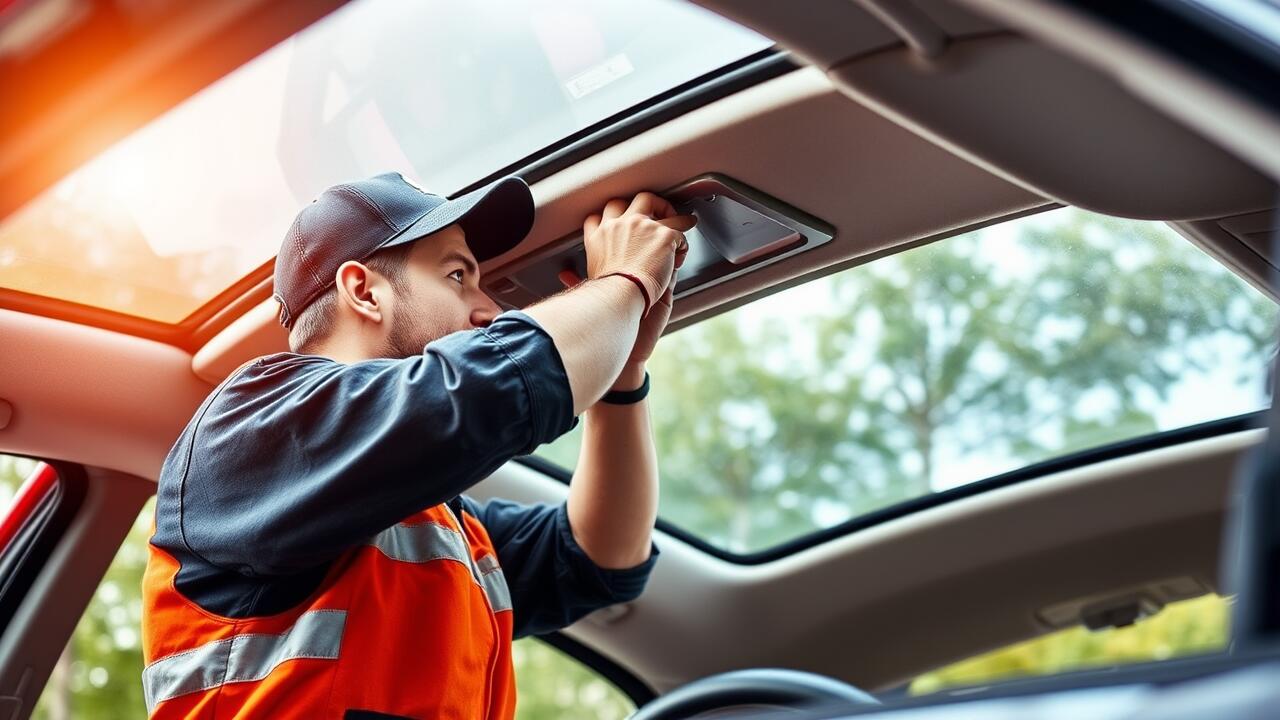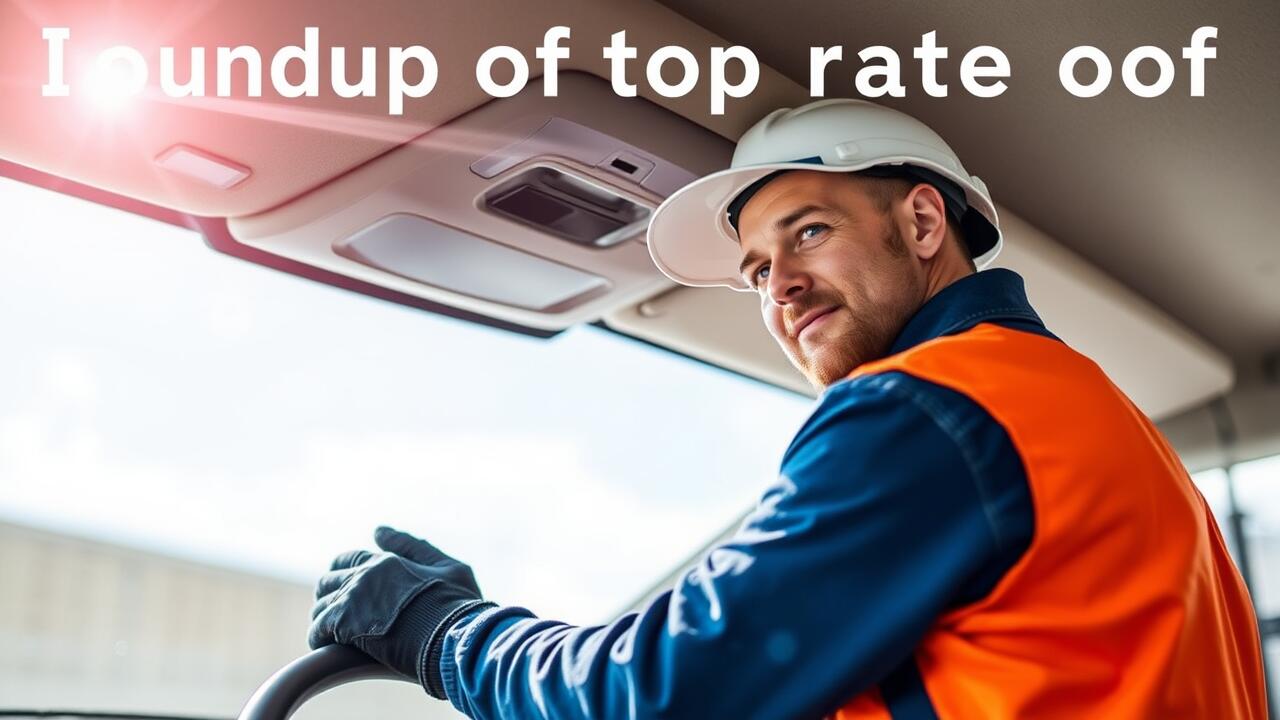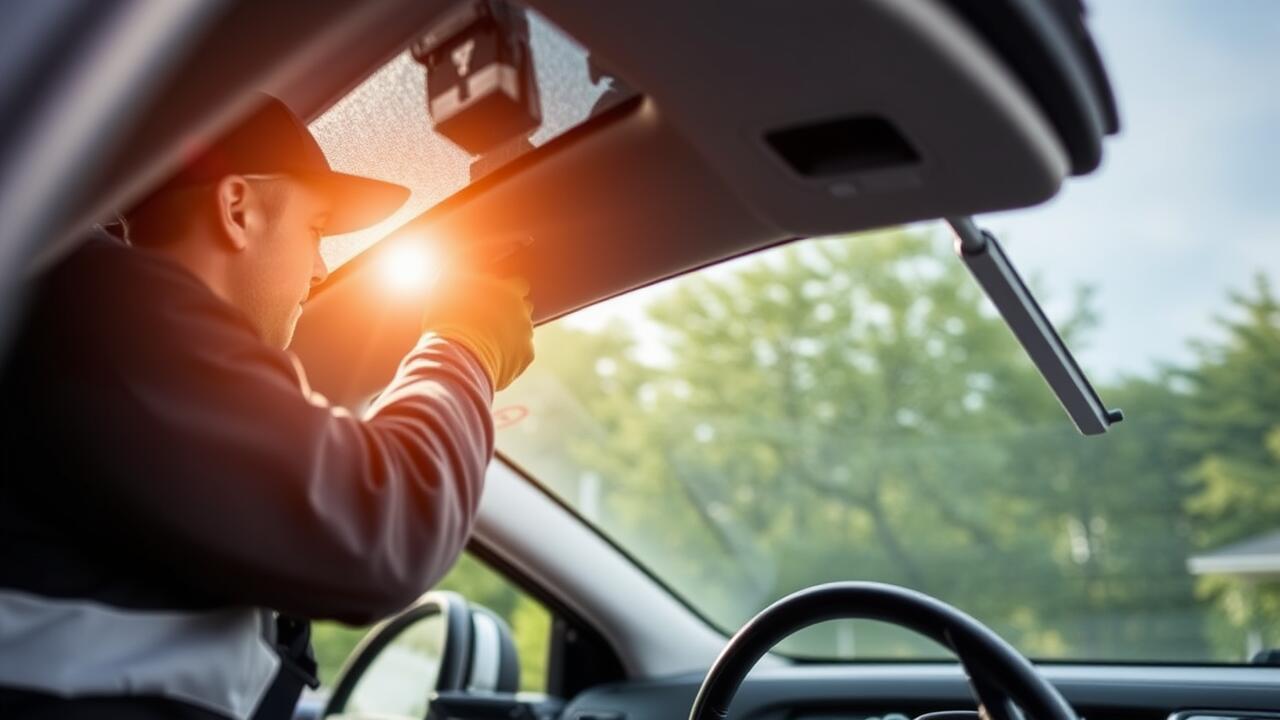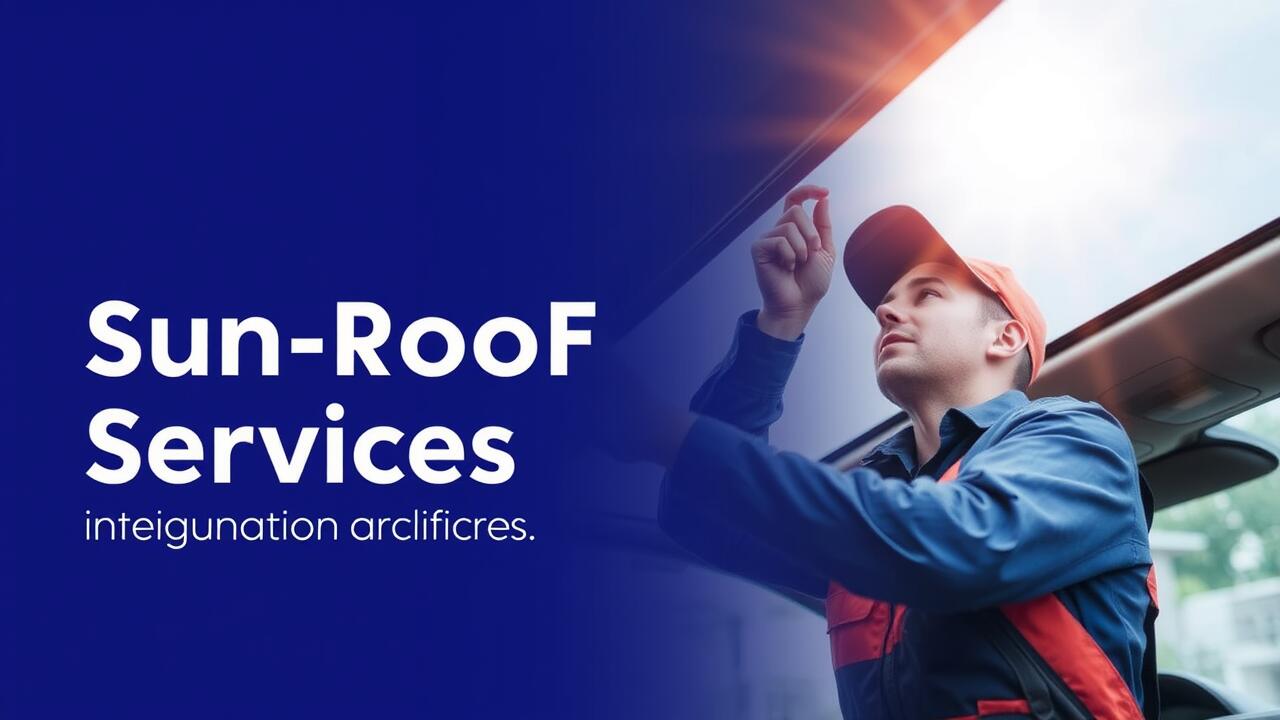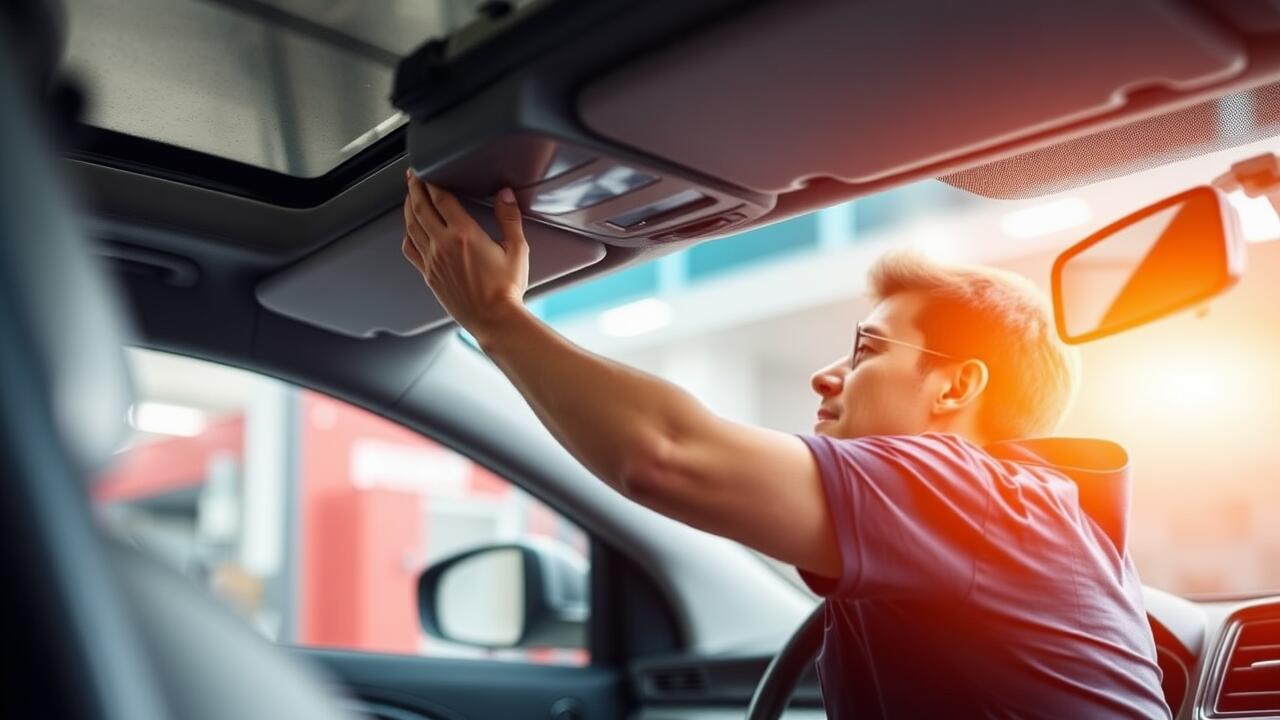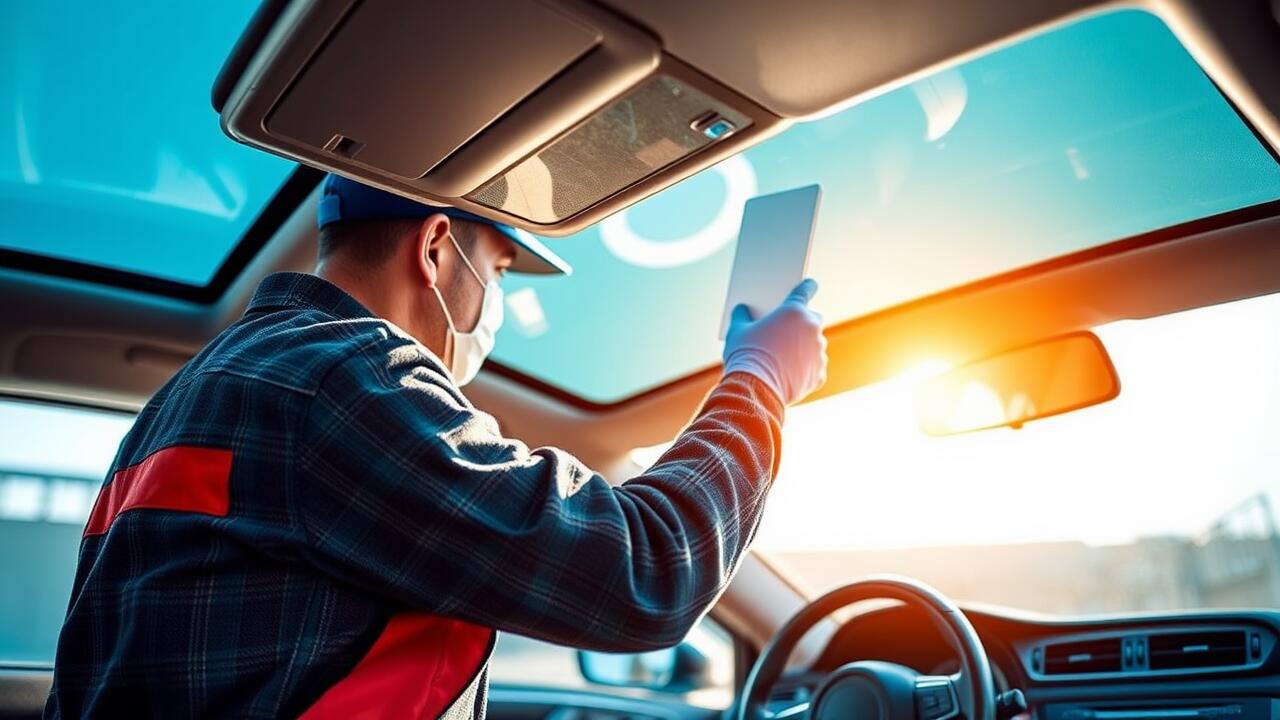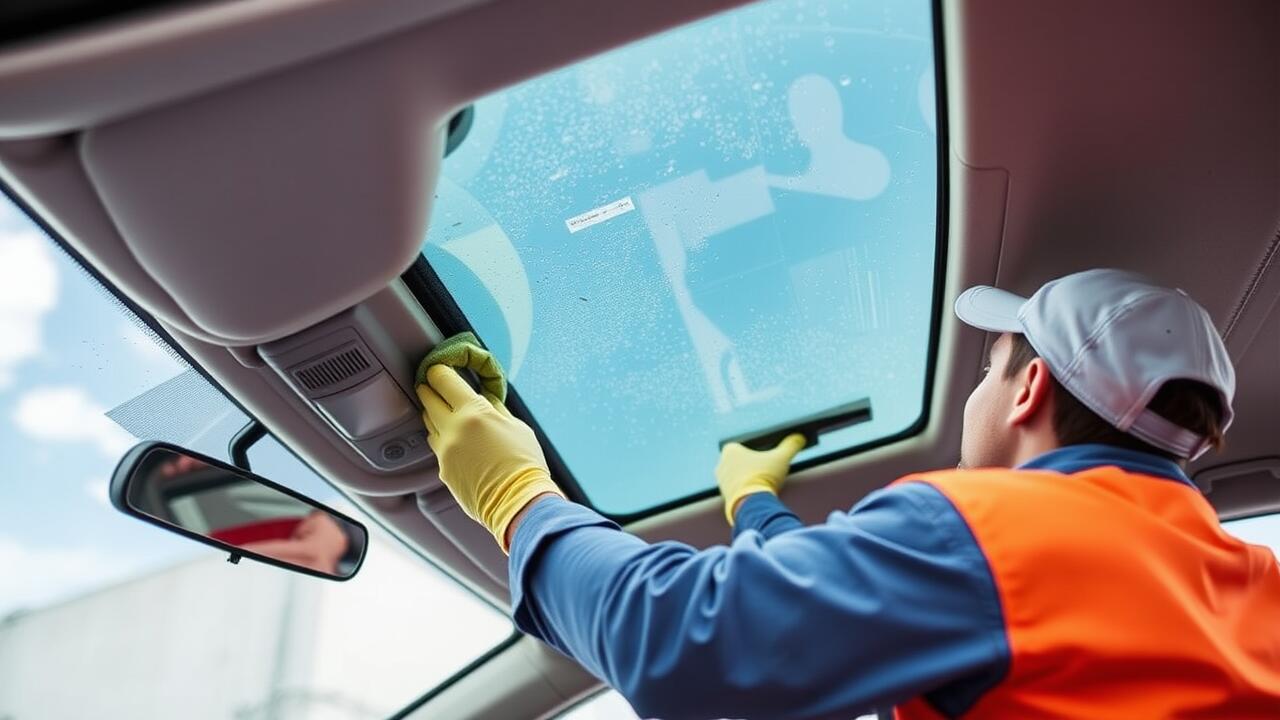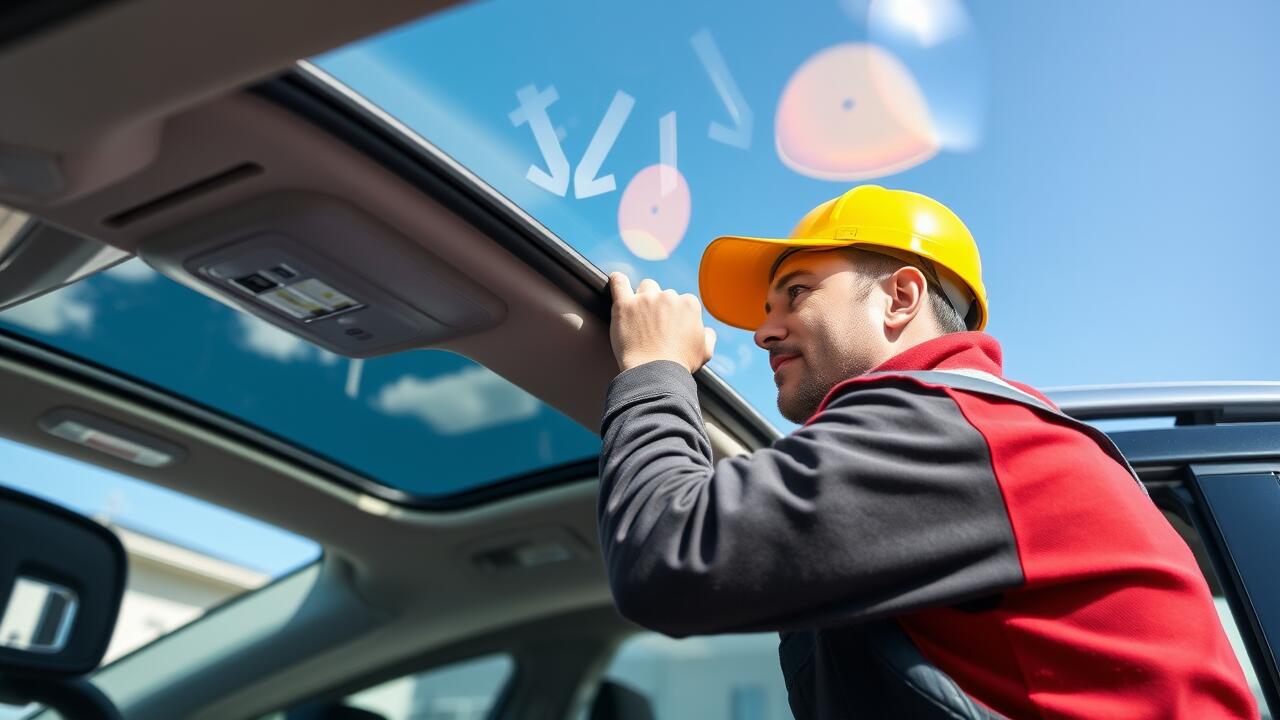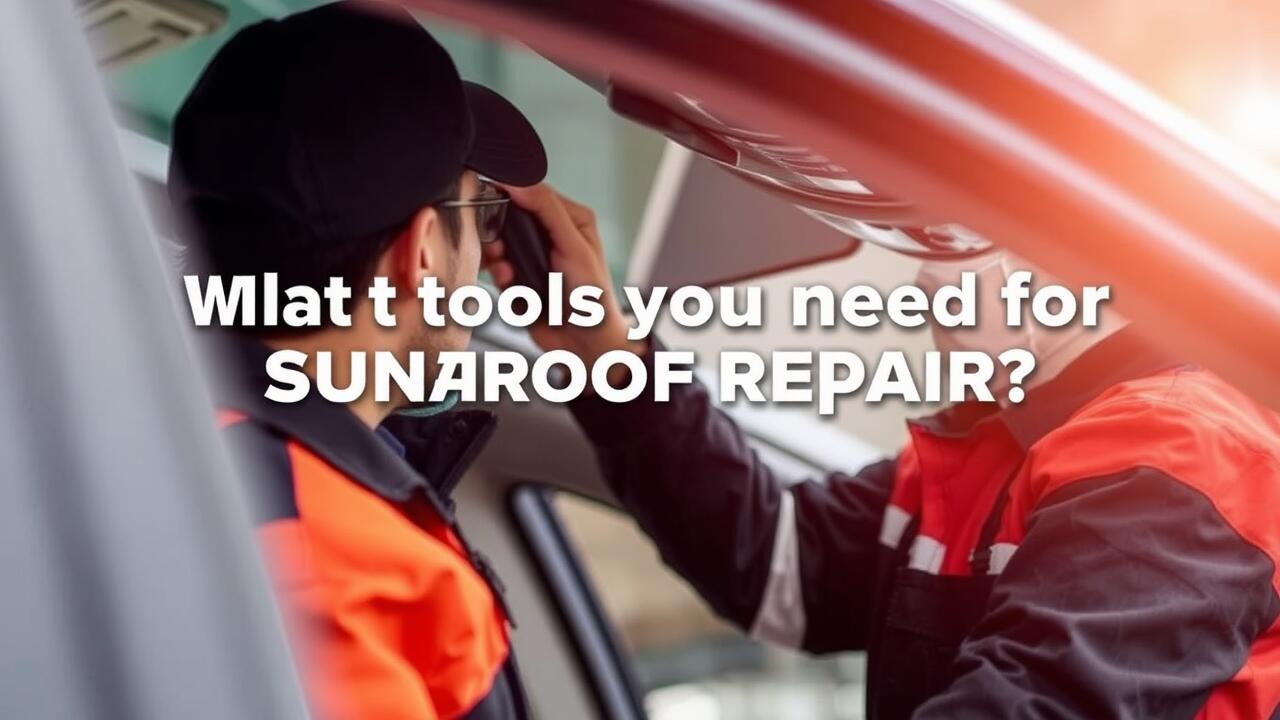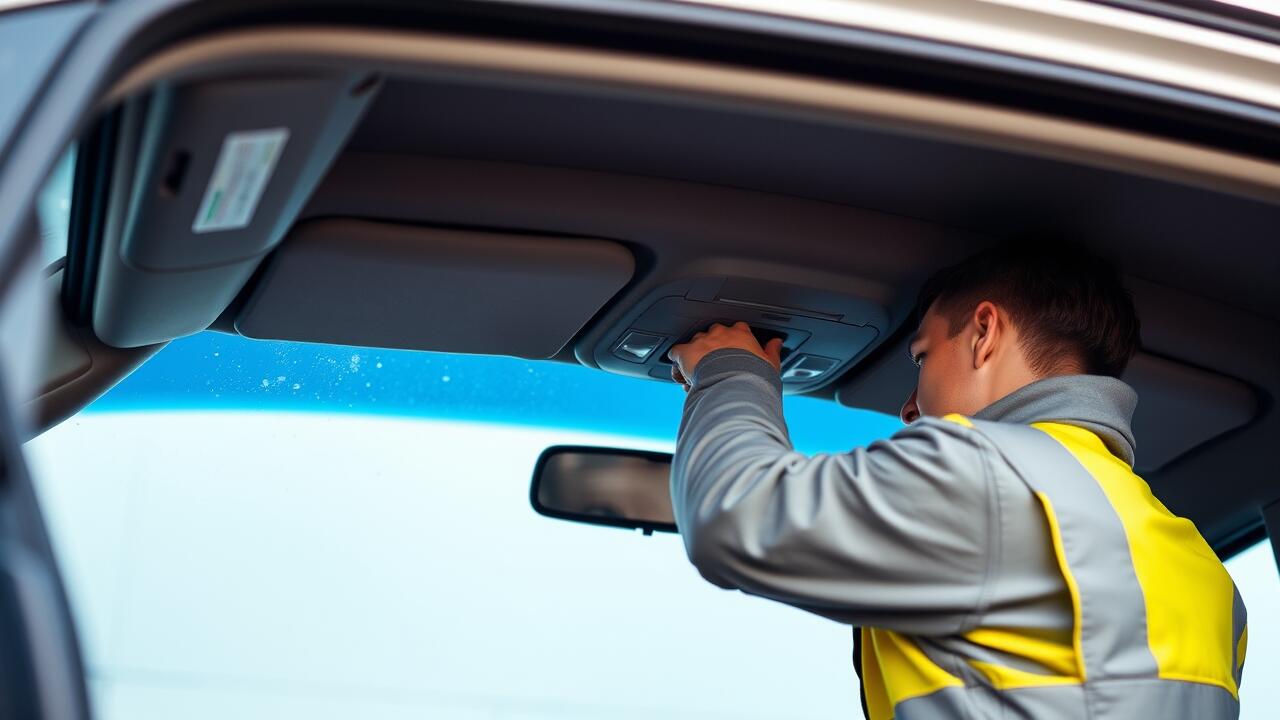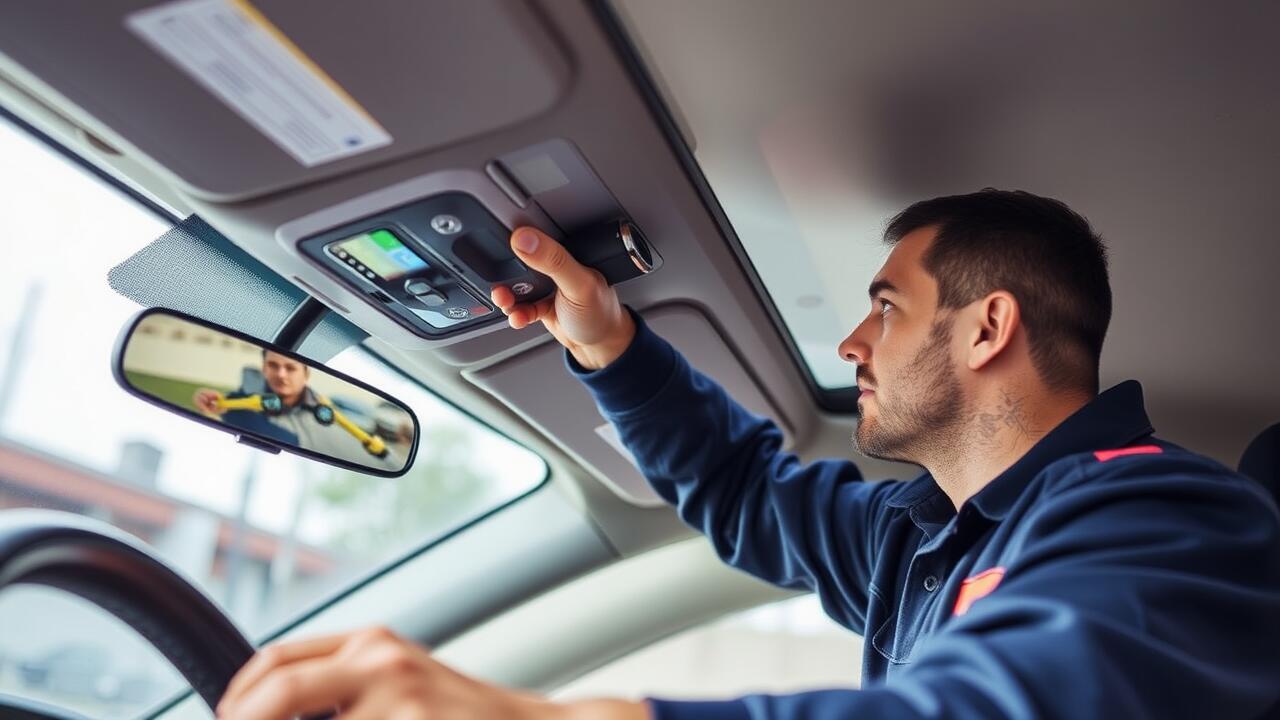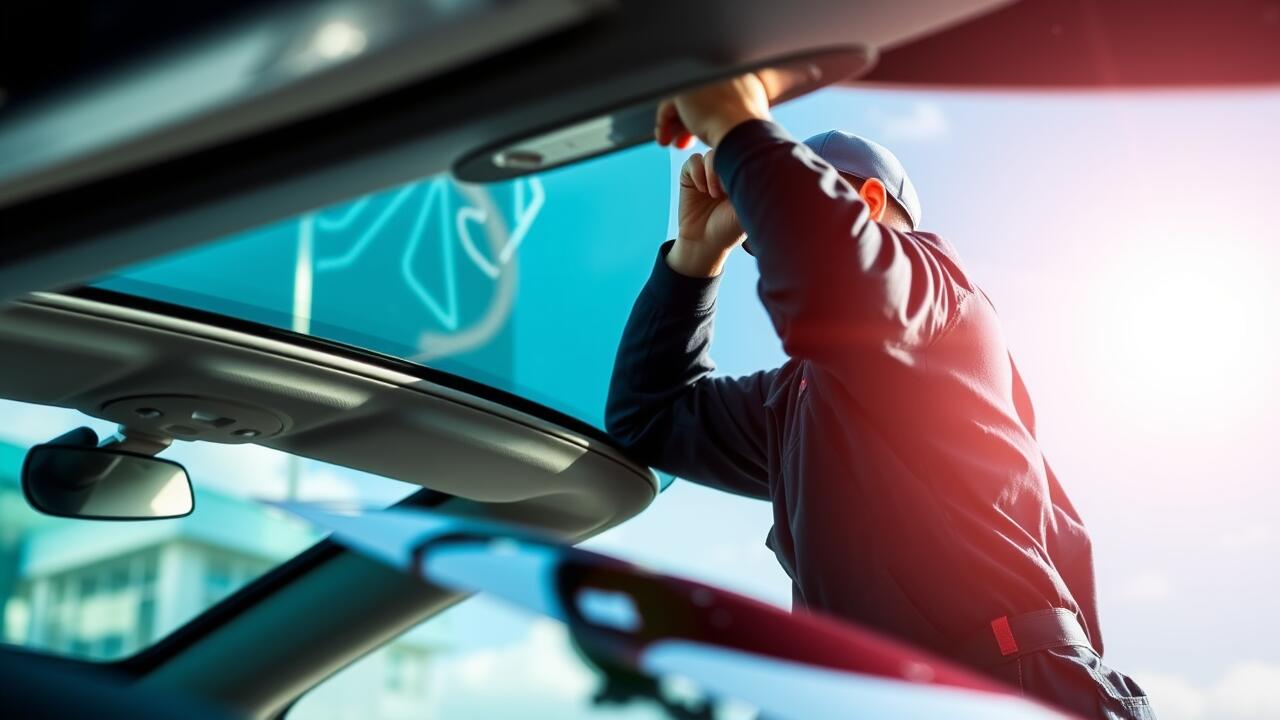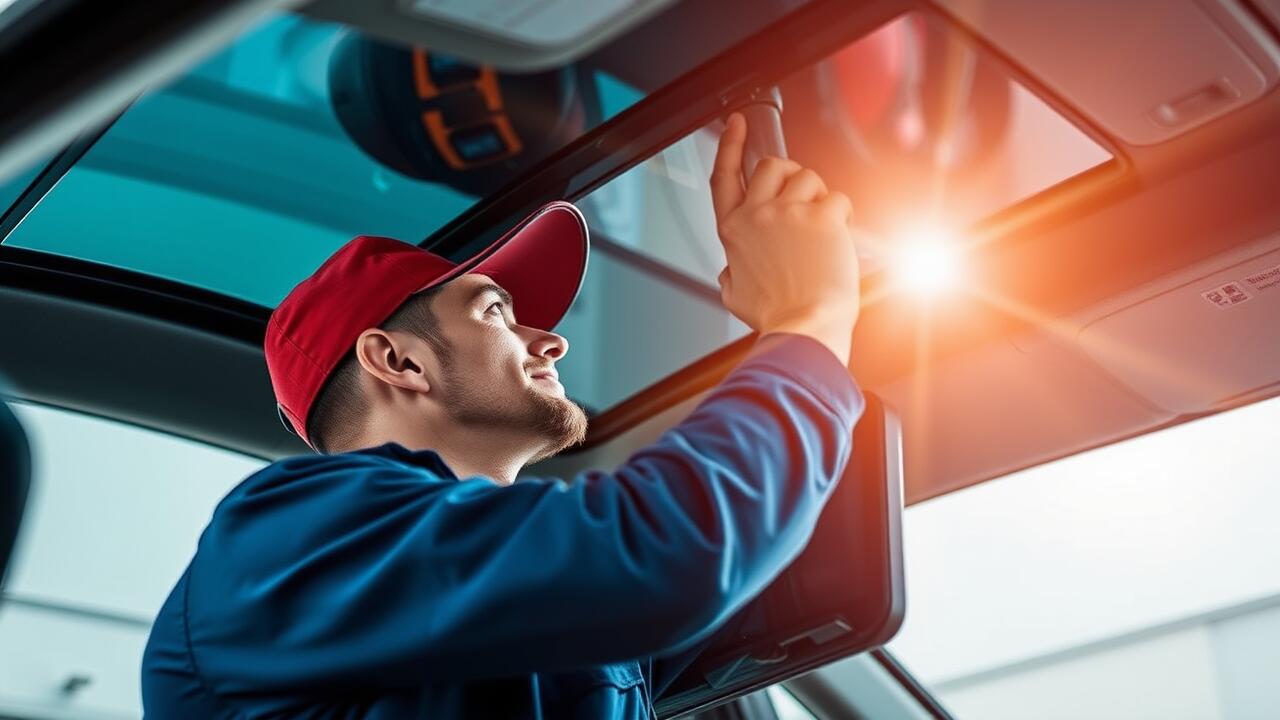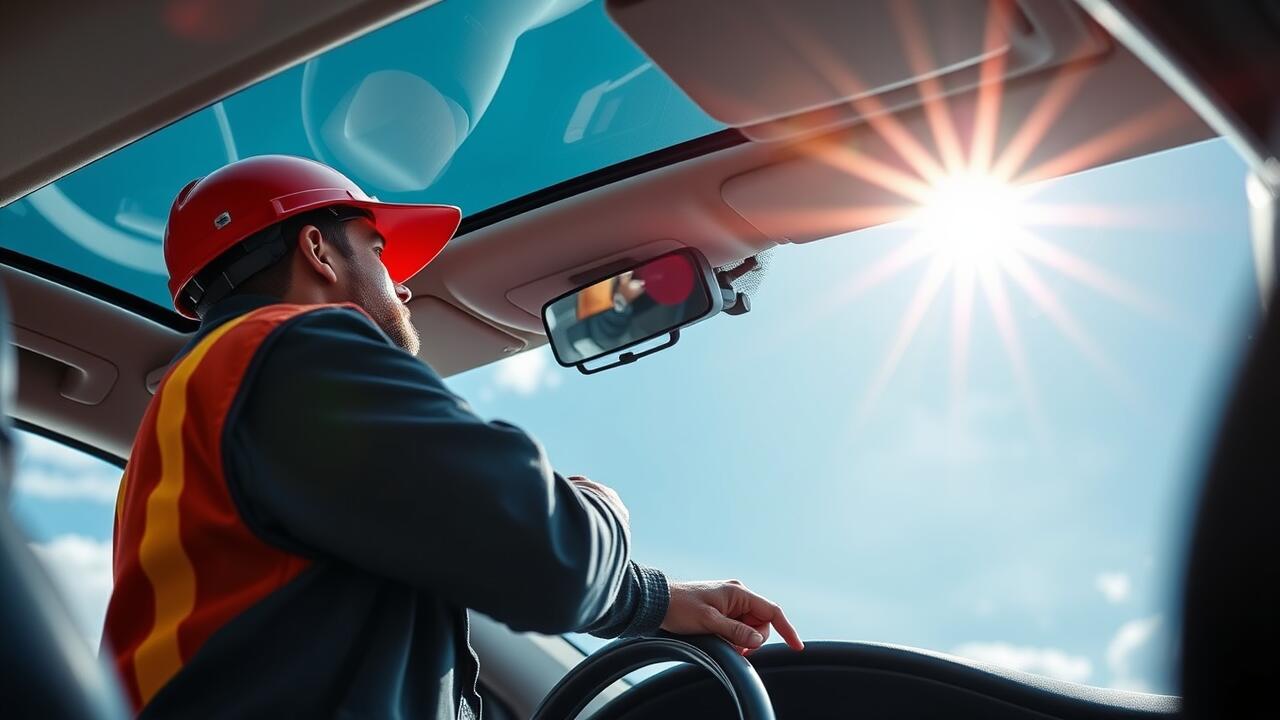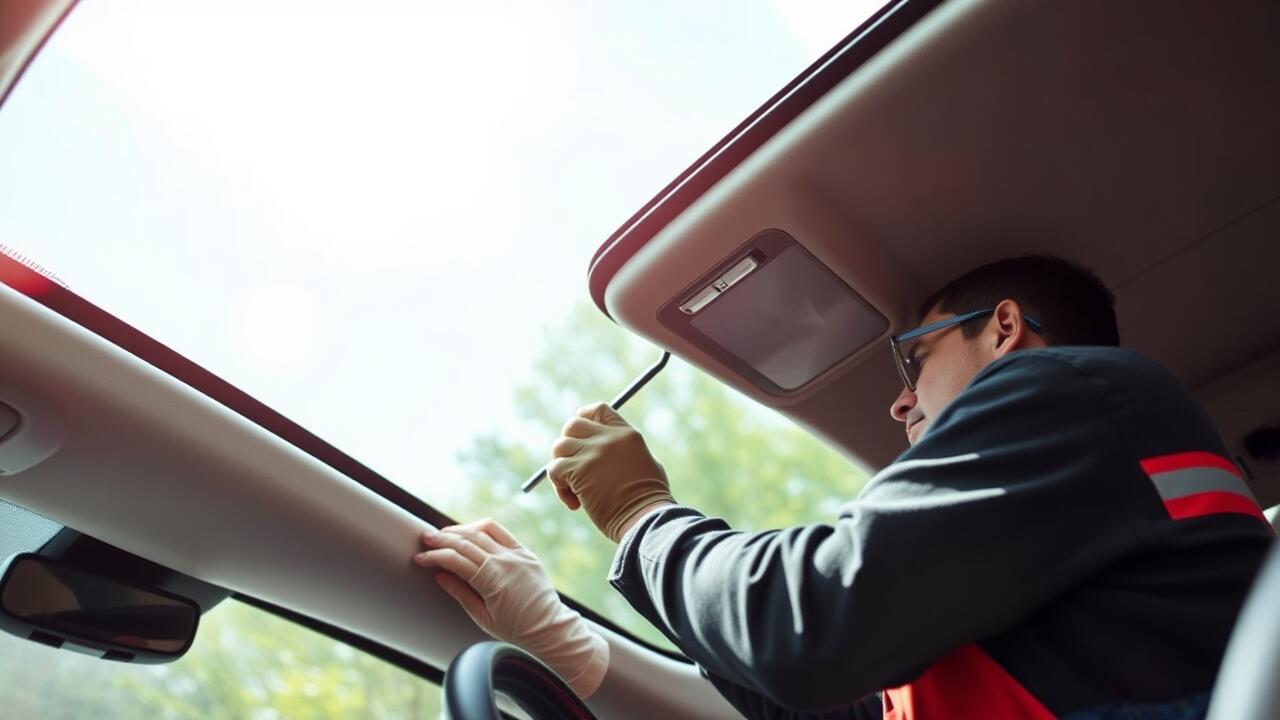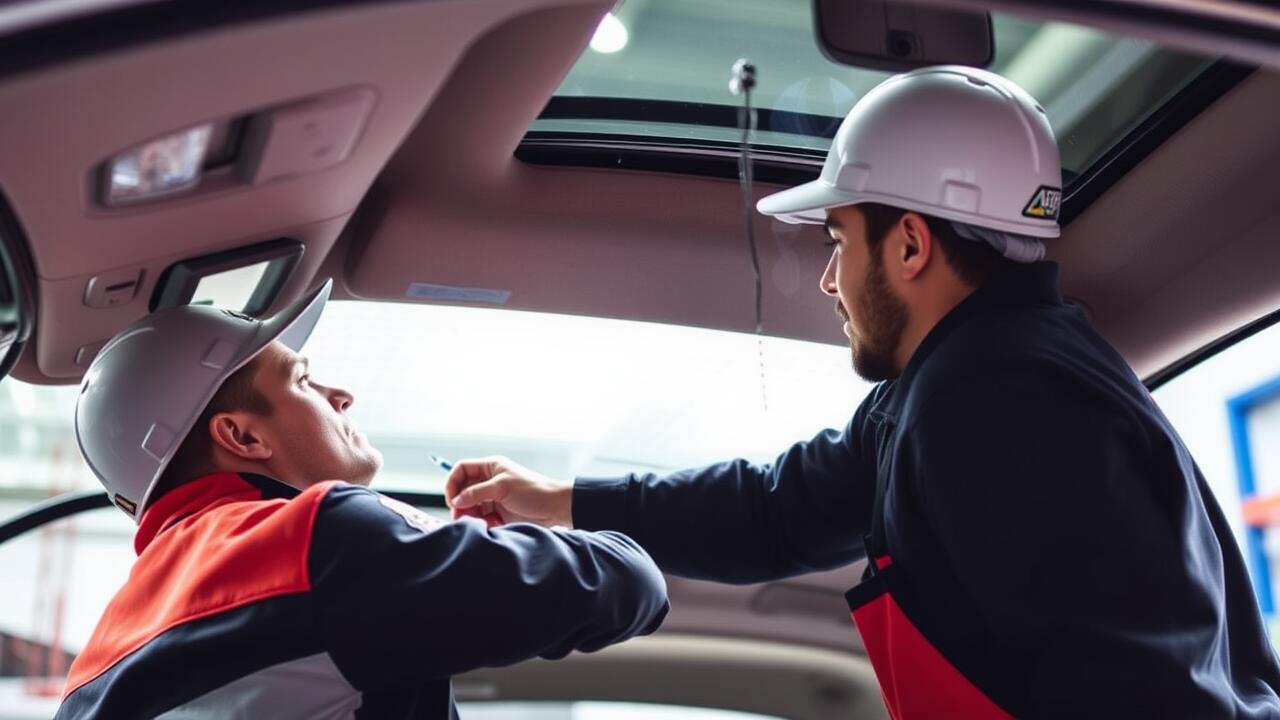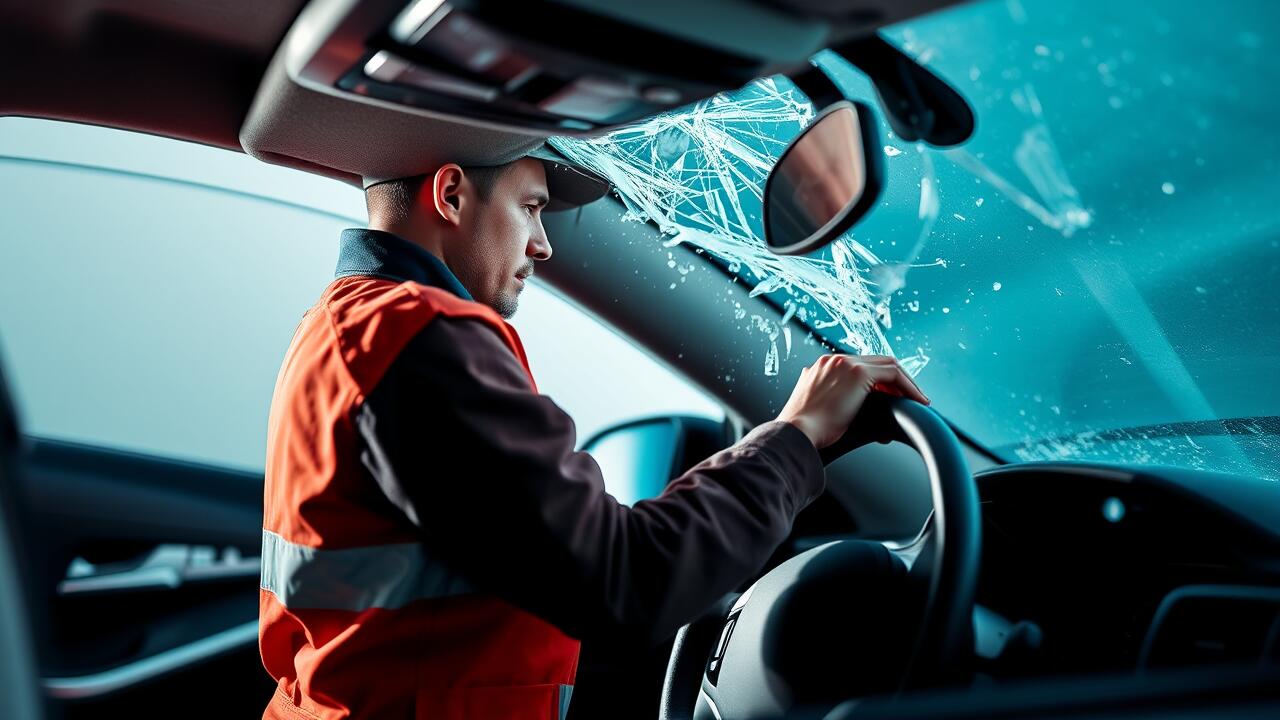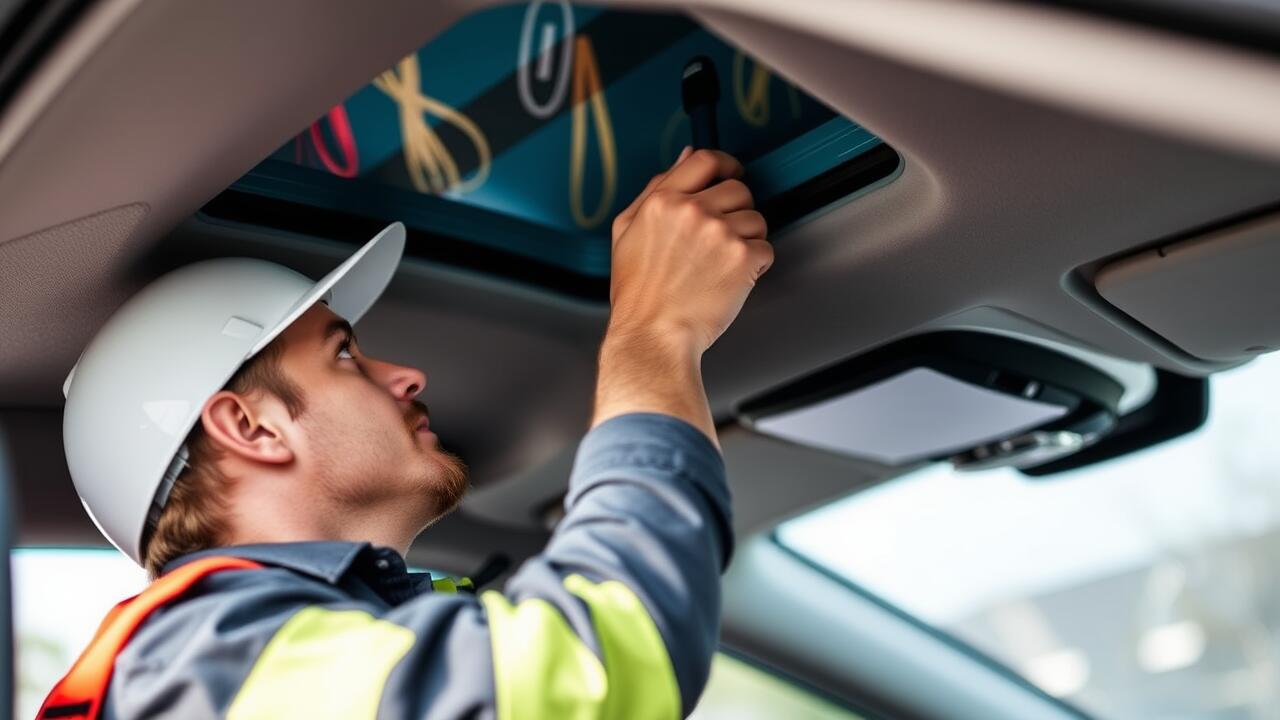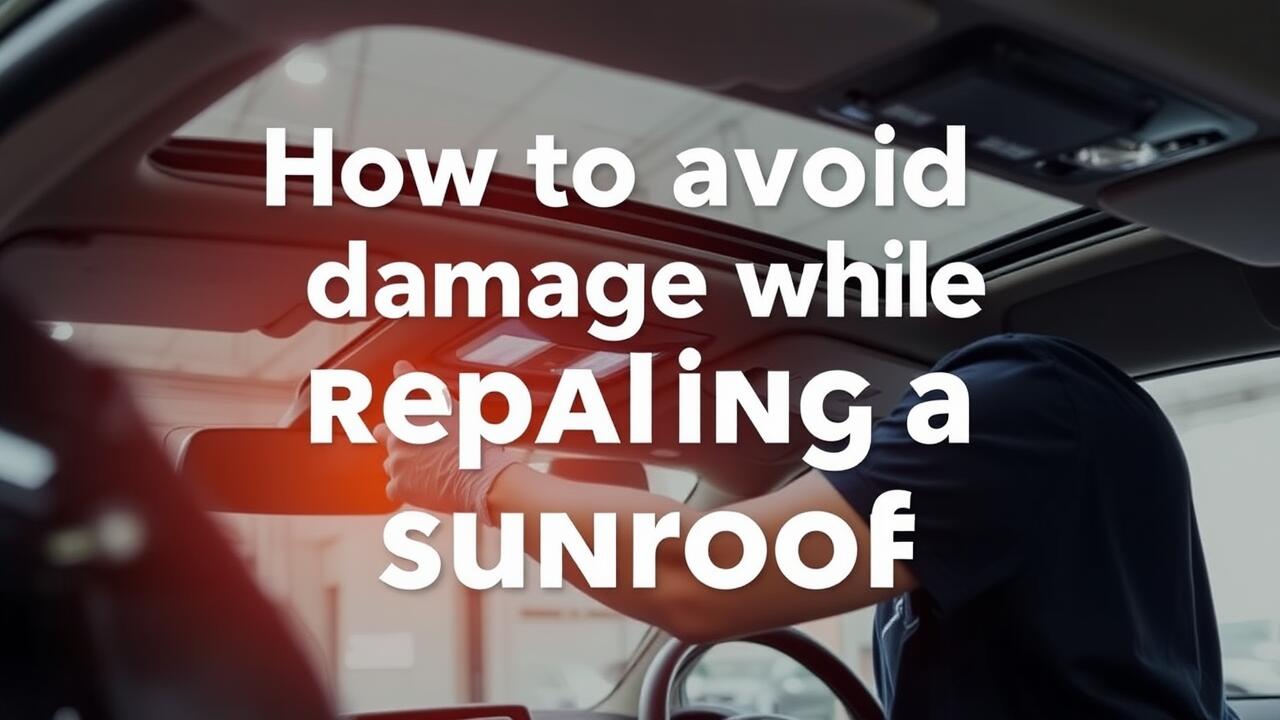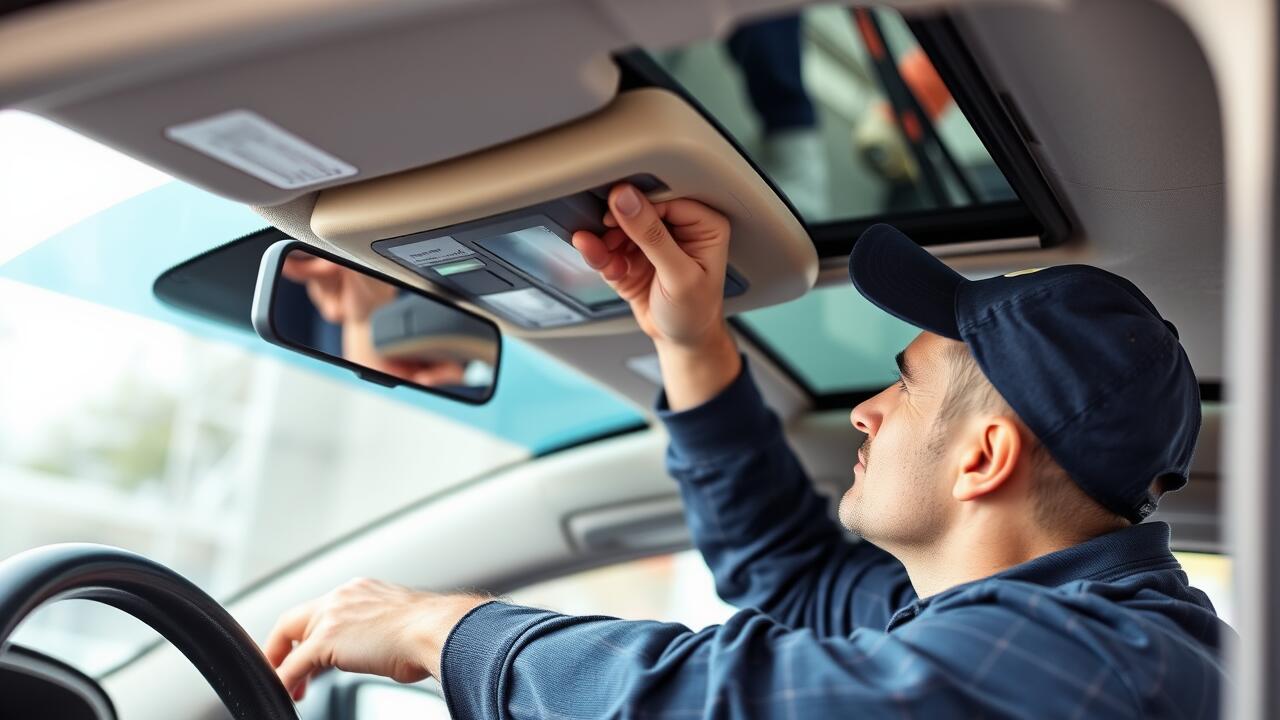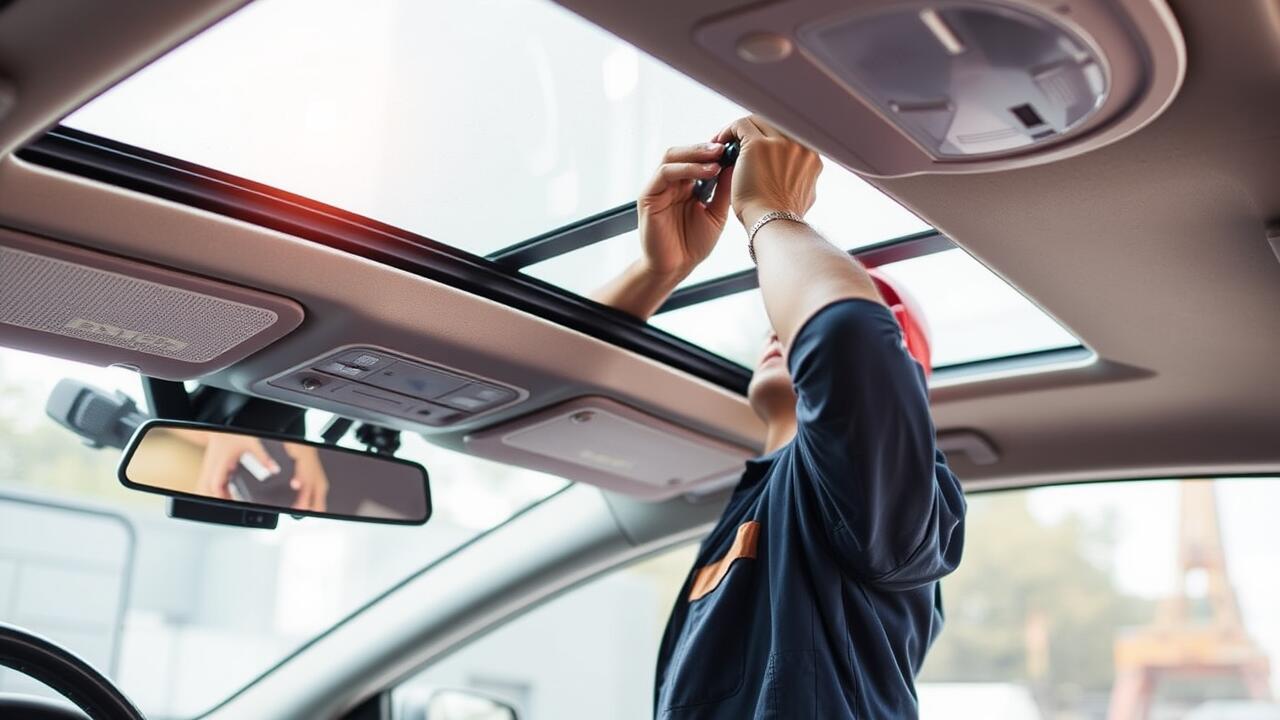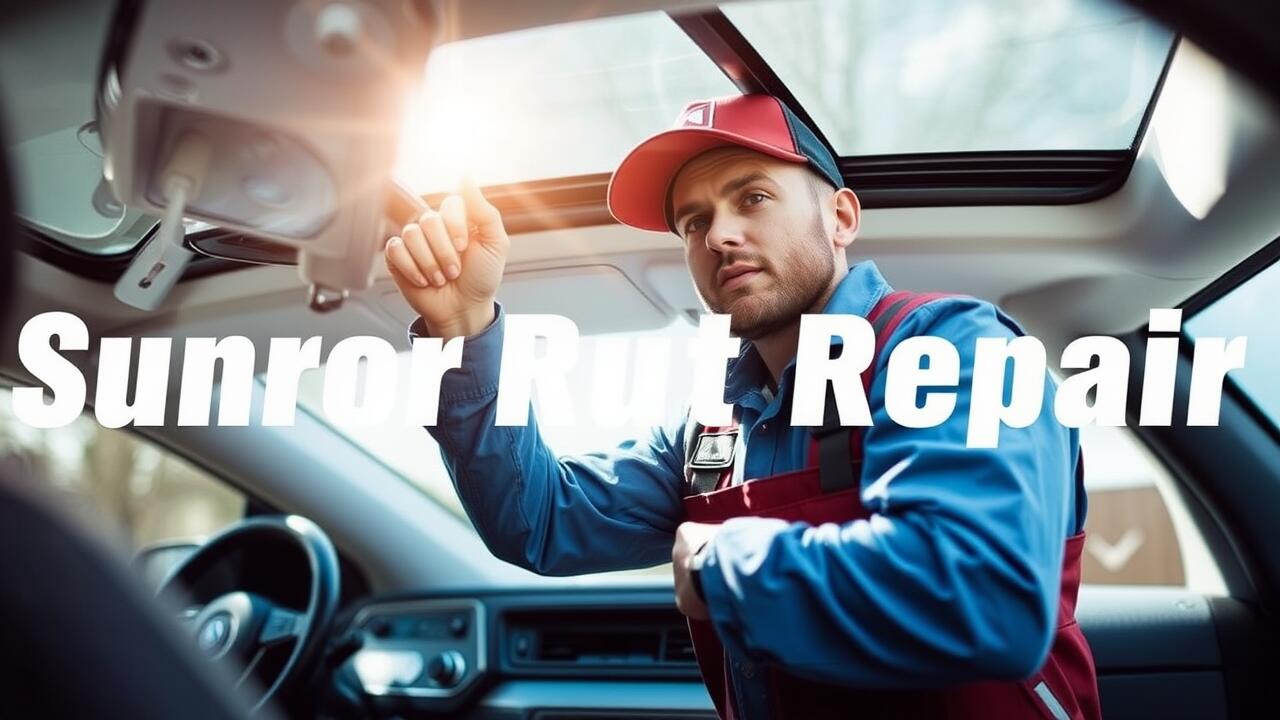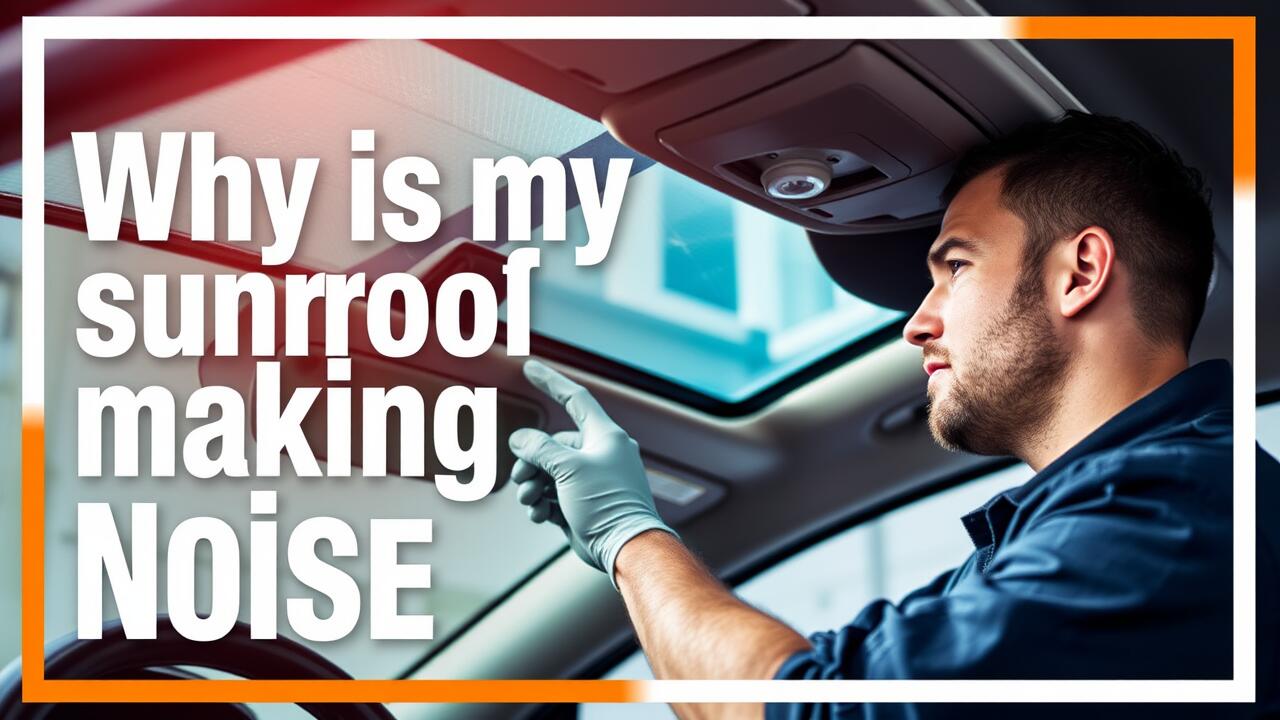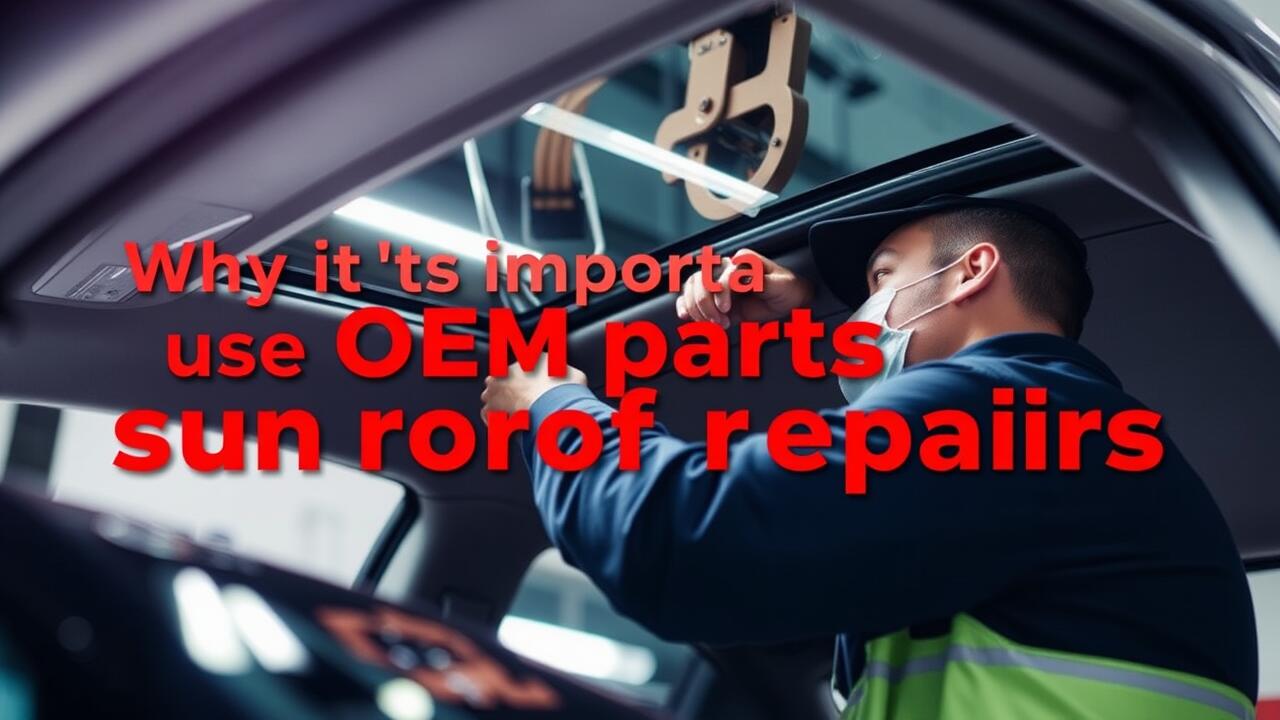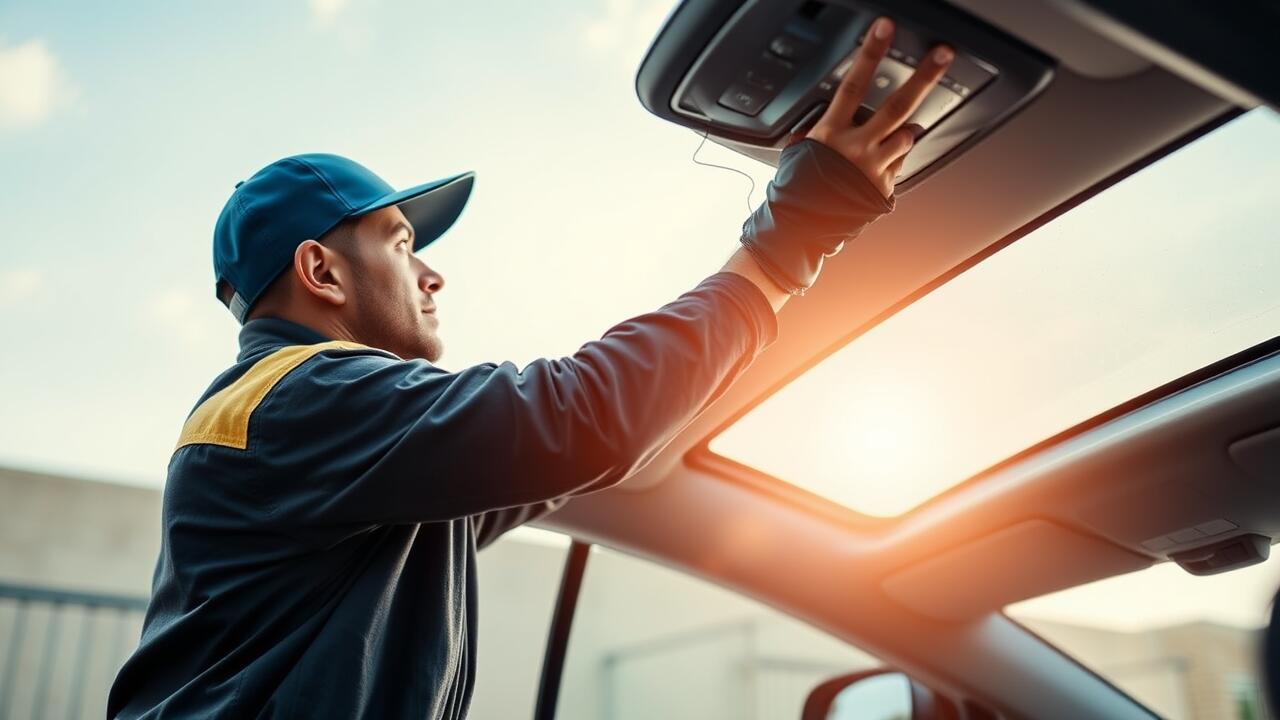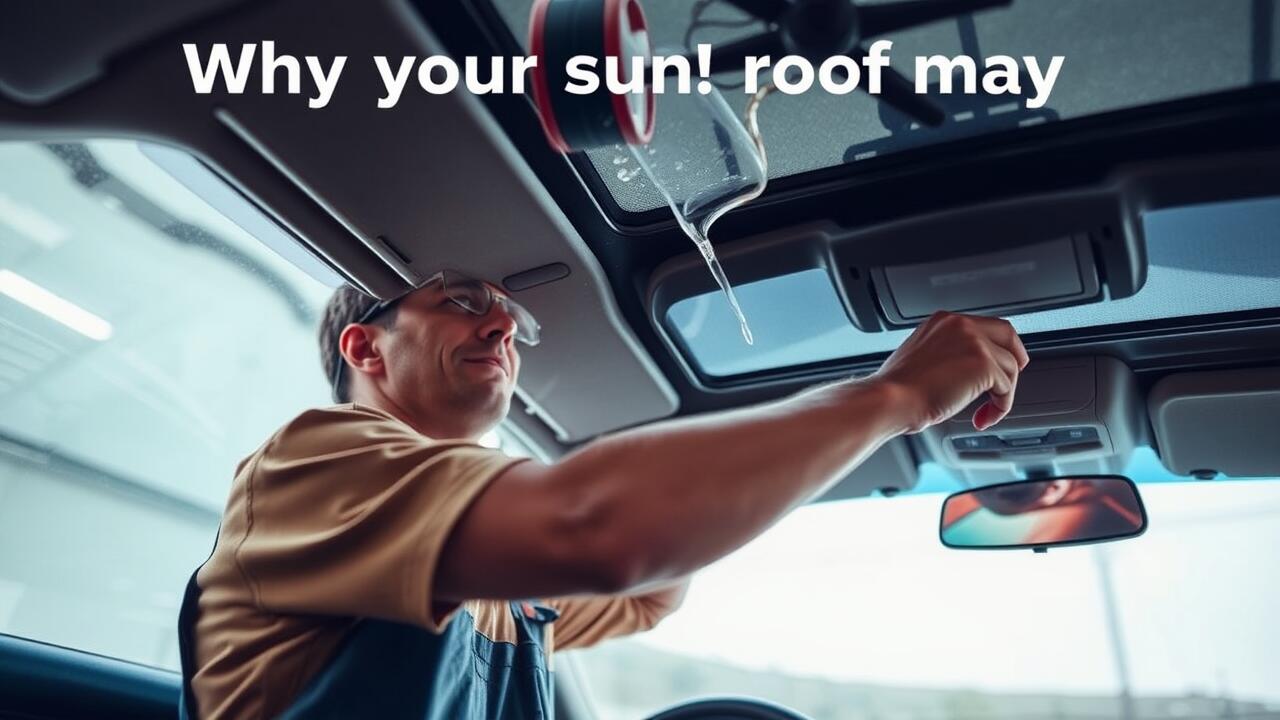
Table Of Contents
Cleaning Tips for Sunroof Drains
Cleaning the sunroof drains regularly is crucial to prevent leaks and potential water damage. Start by locating the drainage holes, which are typically found in each corner of the sunroof frame. Use a soft cloth or a small brush to gently remove any debris or buildup around these openings. It is important to be thorough, as even small blockages can impede proper drainage.
After clearing the surface debris, use a flexible tube or a pipe cleaner to gently probe the drain holes. This method can dislodge any stubborn blockages deeper within the system. For a more thorough cleaning, consider using a mixture of water and mild soap to flush out the drains. If issues persist despite your efforts, it may be time to consult with a professional for sunroof repair before facing more serious problems.
Methods to Clear Blockages
A common method to clear blockages in your sunroof drains is to use compressed air. This technique involves carefully directing air into the drain openings, which can dislodge debris and restore proper drainage. Ensure that you are gentle to avoid damaging any components around the drainage system. Regularly checking these drains can prevent more significant issues.
Another effective approach is using a flexible cleaning tool, such as a plumber’s snake or a long, soft brush. Insert the tool slowly into the drain tube to remove any accumulated dirt or leaves. Be cautious not to push material further into the system. If your efforts at clearing blockages are unsuccessful, it may be time to consider professional sunroof repair services, as persistent problems could indicate underlying issues.
Preventive Measures for Sunroof Maintenance
Maintaining a sunroof is essential for preventing leaks and prolonging its lifespan. Regular inspections play a critical role in this process. Checking the rubber seals for wear and tear ensures that water does not seep into the vehicle's interior. Additionally, cleaning the sunroof’s tracks and drains helps to avoid blockages that can lead to water accumulation. Simple maintenance routines can keep the system functioning properly and reduce the risk of significant issues that may require professional sunroof repair.
Incorporating regular cleaning of the sunroof can greatly enhance its performance. Whenever washing your vehicle, pay extra attention to the area around the sunroof. Removing debris such as leaves and dirt helps to keep the drains clear. Furthermore, consider scheduling an annual checkup to evaluate the entire sunroof mechanism. Staying proactive with these measures not only prevents leaks but also minimizes the likelihood of needing costly sunroof repair down the line.
Regular Maintenance Practices
Regular maintenance of your sunroof is essential for preventing issues like leaks. Keeping the sunroof area clean helps avoid debris accumulation that can block the drainage system. Use a soft cloth to wipe down the edges and remove any dirt or leaves. Additionally, periodically inspect the seals around the sunroof for signs of wear or damage. Effective seal integrity is vital for a proper fit and function, reducing the likelihood of leaks.
Incorporating sunroof repair checks into your routine vehicle upkeep can save you from major headaches down the road. Consider having a technician inspect the sunroof’s mechanisms and drainage channels during regular service appointments. This proactive approach ensures your sunroof remains functional and leak-free. Staying on top of these maintenance tasks will contribute to your vehicle’s overall performance and longevity.
When to Seek Professional Help
Identifying when to seek professional help for sunroof issues can save you from costly damage in the future. If you notice persistent leaks despite clearing the drains, the problem may be more complex than a simple blockage. Issues such as misalignment or damaged seals often require expert intervention for effective sunroof repair.
Warning signs like water accumulation in the cabin, unusual noises while operating the sunroof, or visible deterioration around the edges indicate that outside assistance is needed. Trying to resolve these problems without adequate knowledge can lead to further complications. Seeking professional help ensures that your sunroof repair is handled properly, preserving the functionality and integrity of your vehicle.
Signs You Need a Mechanic
If you notice significant water accumulation in your vehicle, it may indicate a deeper issue with the sunroof. A malfunctioning drainage system often leads to leaks inside the cabin, causing moisture damage to upholstery and electronics. Ignoring persistent leaks could escalate the problem, making sunroof repair necessary to prevent further complications.
Unusual noises or malfunctions when operating the sunroof are other signs that prompt a visit to a mechanic. If the sunroof becomes stuck or doesn't open and close smoothly, the internal components might be damaged. Professional assessment is vital to determine the extent of the damage and the appropriate sunroof repair solutions.
FAQS
What are the common causes of a leaking sunroof?
Common causes of a leaking sunroof include clogged drainage channels, damaged seals, or improper installation.
How can I tell if my sunroof drains are clogged?
You may notice water pooling inside the car, dripping from the sunroof area, or a musty smell indicating moisture buildup.
What are some methods to clear blockages in sunroof drains?
You can use a vacuum cleaner to remove debris, a compressed air canister to blow out blockages, or a flexible wire to gently clear the drain tubes.
How often should I perform maintenance on my sunroof?
It’s recommended to inspect and clean your sunroof and its drainage system at least twice a year, especially before and after the rainy season.
What signs indicate that I need to seek professional help for my sunroof?
Signs include persistent leaks despite your attempts to fix them, visible damage to the sunroof or seals, or if you notice unusual noises while operating the sunroof.
